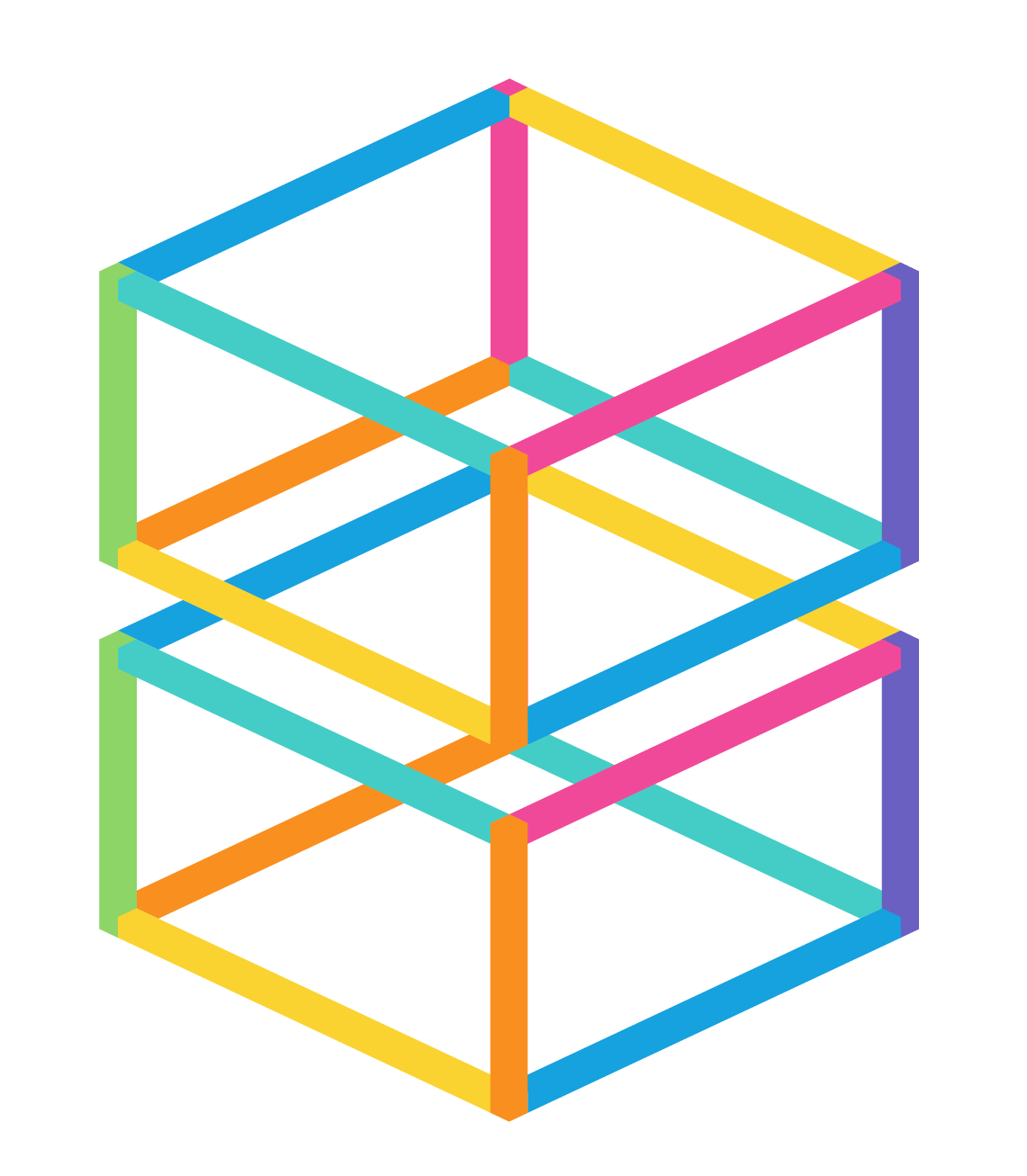STEM Education Works Informational Articles
We're your partner in STEM
May 1, 2025
Walk into any thriving industry today, whether it’s healthcare, agriculture, engineering, or entertainment, and you’ll find STEM skills at the core. Science, technology, engineering, and math […]
May 6, 2024
KEY POINTS Research and list your options. Get advice online and from other educators. Carefully consider which company you want to buy from. The incorporation of […]
May 6, 2024
KEY POINTS Encourage questions. Use hands-on, project-based learning as a primary tool for instruction. Bring technology into the STEM classroom. From coding to engineering to biology, […]
May 6, 2024
KEY POINTS Consider project ideas for both male and female students. Invite women in the STEM fields to speak with your class. Highlight STEM activities for […]
May 6, 2024
Engage: Cultivate student interest. Explore: Allow students to investigate and make connections. Explain: Teach and guide students through lesson content. Engineer: Give students the chance to […]
May 6, 2024
KEY POINTS Provide context to STEM lesions via career connections. Invite guest speakers to visit your class. Implement career showcase projects. The knowledge and skills that […]
May 6, 2024
KEY POINTS Make lesson content more fun and memorable. Encourage collaboration. Spark innovation and creativity. The process of note-taking is meant to help students absorb, retain, […]
May 6, 2024
KEY POINTS Introduce computer programming with block coding. Conduct classroom activities that build coding skills. Highlight the importance of coding skills. As advanced technology becomes more […]
May 6, 2024
KEY POINTS Engage students with user-centered and ethics-centered discussion. Discuss real-world ethical and unethical design. Learn from past errors. The students of today will be the […]
May 6, 2024
KEY POINTS Identify field trip destinations in your area. Explore options with guest speakers. Look online for virtual field trip resources. Field trips can play an […]
May 6, 2024
KEY POINTS Start with multi-use technology. Explore your low-tech options. Seek out recyclable materials and resources. With so many opportunities available for creating a makerspace in […]
May 6, 2024
KEY POINTS Invite STEM professionals to serve as guest speakers. Develop a library makerspace. Use professional development for a knowledgeable staff. In recent years, the importance […]
May 6, 2024
KEY POINTS Get to know the grant organization. Seek out past grant winners. Make your proposal compelling and personal. Once you have identified one or more […]
May 6, 2024
KEY POINTS When in doubt, search the web. Use keywords. Explore the community. Once you’ve had the chance to explore the kinds of STEM technologies available […]
May 6, 2024
KEY POINTS Encourage teamwork via project-based learning. Embrace failure and encourage learning from mistakes. Give students time to create together. Effective teamwork is one of the […]
May 6, 2024
KEY POINTS Apply problem-solving techniques to non-STEM subjects. Bring technology into any classroom. Focus on teamwork and hands-on learning. Studying the STEM fields is vital for […]
May 6, 2024
KEY POINTS Use a variety of question types in your tests. Make test content relevant and meaningful. Don’t dwell on the specifics. Although a large portion […]
May 6, 2024
KEY POINTS Identify and apply STEM solutions to community problems Host discussions with your students Use the Engineering Design Process as a guide By their nature, […]
May 6, 2024
Ask: Define the problem. Imagine: Brainstorm possible solutions to the problem. Plan: Choose a solution and prepare to execute it. Create: Build prototypes and develop your […]
May 6, 2024
KEY POINTS Develop a question or problem to serve as the focus of your project Narrow the scope of the project Seek feedback and improve your […]
May 6, 2024
KEY POINTS Encourage active note-taking using sketchnotes. Poll students to keep them engaged. Incorporate interactive activities into the classroom. Ensuring that students remain focused and engaged […]
May 6, 2024
KEY POINTS Share ideas and projects between STEM classrooms. Use social media as a student tool for research. Share classroom projects with your community. Social media […]
May 6, 2024
KEY POINTS Find the right videos to fit your lessons. Encourage discussion before, during, and after the video. Direct students to take notes. Many STEM concepts […]
May 6, 2024
KEY POINTS Keep at-home assignments engaging. Test students on what they have learned. Create relevant hands-on activities. A flipped learning environment is exactly what it sounds […]
May 6, 2024
KEY POINTS Connect 3D printing to real-world problems. Use visual applications to teach math. Spark student creativity. As 3D printing becomes increasingly prominent in both classroom […]
May 6, 2024
KEY POINTS Know the importance of STEM professional development. Stay up-to-date with popular STEM organizations. Collaborate and communicate with other STEM educators. Cultivating the best environment […]
May 6, 2024
KEY POINTS Address concepts through student inquiry. Stress the importance of the scientific method. Immerse students in modern science topics and careers. There are few things […]
May 6, 2024
KEY POINTS Initiate discussions about responsible digital citizenship. Be a role model for your students. Create classroom opportunities to practice digital citizenship. In the modern world, […]
May 6, 2024
KEY POINTS Focus on real-world applications of math concepts. Keep it interesting – not memorization-driven. Offer several techniques for approaching difficult concepts. Encourage teamwork among students. […]
May 6, 2024
KEY POINTS Create opportunities for collaboration. Allow students to explore new topics. Prevent students from falling behind. Sometimes complex STEM concepts can be rather intimidating for […]
March 27, 2024
KEY POINTS Find funding for your program. Design your program to fit your school’s needs and budget. Plan hands-on activities that encourage creativity. Advertise your program […]
March 27, 2024
KEY POINTS Adapt classroom material. Make meaningful and fun activities. Get creative with technology. When students spend the summer disconnected from the classroom, they can often […]
March 27, 2024
KEY POINTS Determine the space’s purpose and goals. Find the perfect spot and design. Buy needed materials. Begin implementing your makerspace. Incorporating STEM into the classroom […]
March 27, 2024
KEY POINTS Make the safety rules clear. Keep things organized. Know emergency procedures for technology malfunctions. Makerspaces are places where creativity and innovation thrive. They should […]
March 27, 2024
KEY POINTS Label all bins and group similar items together. Keep tools used most often easily accessible. Plan lesson materials in advance. Space and organization are […]
March 21, 2024
KEY POINTS Make it fun, engaging, and hands-on. Involve the community. Provide professional development opportunities for library staff and educators. The number of STEM careers is […]
March 21, 2024
KEY POINTS Use fun extracurricular STEM opportunities to engage and educate the public. Invest in free resources to expand access to the community. Encourage collaboration among […]
March 21, 2024
KEY POINTS Create a makerspace. Invest in digital devices and digital content. Turn your library into an effective research hub. As technology becomes more prevalent in […]
March 21, 2024
KEY POINTS Know the real-world applications of robots. Understand why robots are ideal tools for teaching coding and computer science. Find the right robot for your […]
March 21, 2024
KEY POINTS Develop a question to build a project around. Narrow the scope of the project. Build on what’s out there. Leave room for student creativity. […]








































